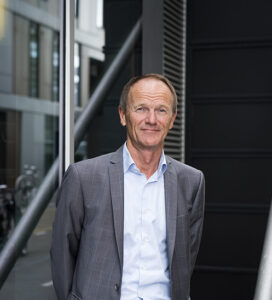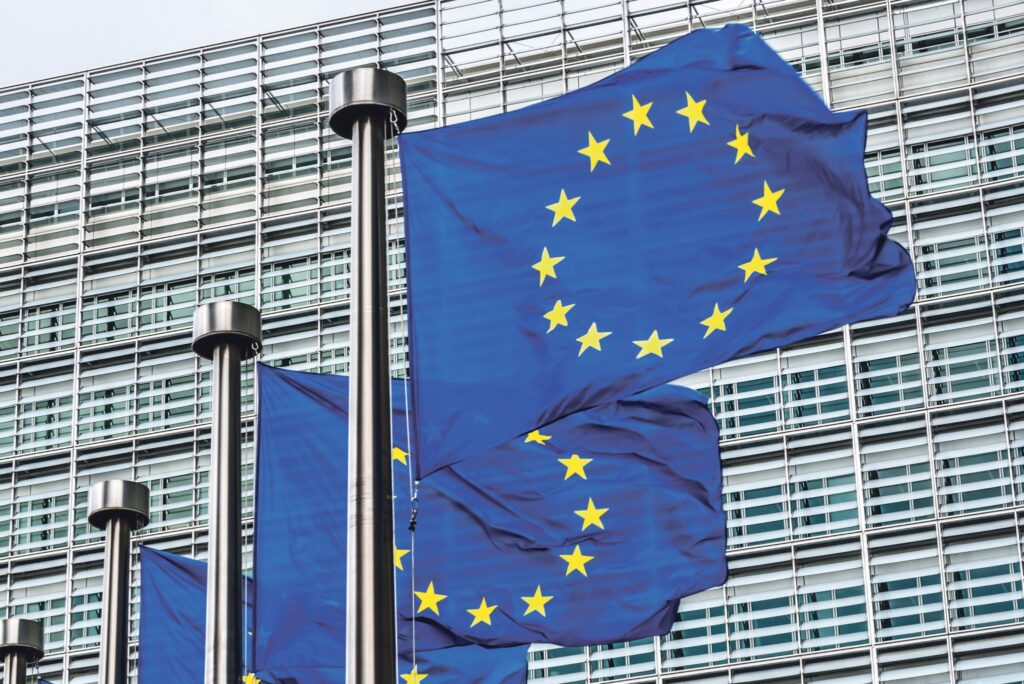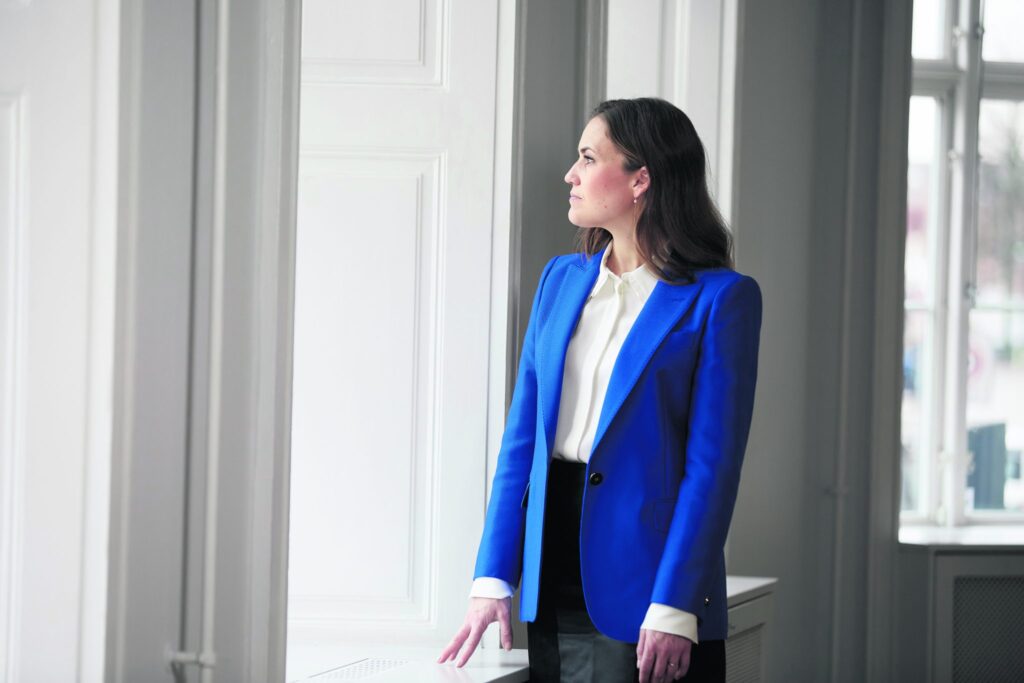Invest

Actors On Norway’s Property Market Have Learnt To Handle Risk
04/11 - Sten Thorup Kristensen
When the price of oil futures briefly dipped below zero in the spring of 2020, it became a running joke that it might be a good idea to fill up your bath tub at home with oil. That was very much a joke at Norway’s expense. The Covid lockdowns were specifically what triggered the price drop, but with a growing focus on the green transition, one of the world’s leading oil countries also seems to be facing a difficult time coming out of the pandemic.
At the time of writing – towards the end of September 2021 – that joke has been turned upside down. Now both gas and power prices are scaling record heights and, economically at least, Norway is facing a good winter with high revenues from both the oil sector and the country’s many hydropower plants. This clearly illustrates what owners of Norwegian properties need to be able to handle: huge variations in their fundamental conditions – not just short term, but possibly even more so in the longer term. Few places in the world have a property sector that faces the same degree of huge opportunities and significant risk in equal amounts.
To a large extent, this involves realising that it is more or less impossible to predict what lies beyond the next corner or the corner after that, says Gunnar Gjørtz, managing director of Norways second-biggest property company, KLP Eiendom.
“We don’t really work from thinking anything about the future. The KLP group invests in all classes of assets – equities, bonds, lending, infrastructure, property and so on. So, we’re more focused on diversifying our investments than speculating about the future,” Gunnar Gjørtz explains, while stressing that KLP does see positive returns over the longer perspective from real assets such as property.
“We’ve seen valuations go up as interest rates have dropped along with a monetary policy that is based on quantitative easing. With ever more capital, an ageing population and a high savings rate, there is reason to believe that interest rates will stay low,” he says.
But risk is something you learn to live with. Compared to a less risk-heavy country – in the Nordic region that would in particular be Denmark – the price per square metre that properties such as offices in Oslo are being sold at may seem jaw dropping.
Gunnar Gjørtz takes a different perspective. In his world, Denmark looks rather conservative. “There are far more dynamics happening in Sweden and Norway than in Denmark,” Gjørtz says. And he knows what he is talking about, as KLP Eiendom also owns large office complexes in Copenhagen.
Copenhagen has plenty of space to build new offices. That keeps the rents low on office space – if they move too high, there is always someone ready to build something new. Plus, Denmark has rent regulation that motivates tenants to stay where they are, which tends to put a dampener on competition for the best locations.
So, while the office rent in Norway can easily reach some 4,500 kroner per square metre, rents in Denmark rarely go beyond an average of 2,000 kroner.
This also affects the valuations on properties. Since a property with a central location in Oslo is more profitable than a similar property in Copenhagen, the price of the Oslo property will clearly tend to be higher. But the return on investment, percentage-wise, for the owners of the two properties will be roughly the same.
All of this does not completely compensate for the risk of being so exposed to oil and gas extraction as the Norwegian economy is and, with it, the country’s property sector. But, as Gunnar Gjørtz says: The risk could also involve a much softer scenario than a hard transition period.
“The oil industry is important for Norway and if there’s a rapid and brutal phase-out, it will hit the Norwegian economy and Norwegian commercial properties. There’s no doubt about that. Clearly, there will be a transition where we have to move away from oil and into other types of sectors. That could be a challenge for Norway. But it’s unlikely to happen all that fast, although some politicians would like to see that,” Gunnar Gjørtz concludes.







